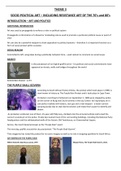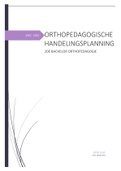Resume
Summary Socio-political art - including resistance art of the 70's and 80's - Visual Arts, ISBN: 9781775810087 Visual Arts and Music
- Cours
- Établissement
- Book
Socio-political art - including resistance art of the 70's and 80's
[Montrer plus]





